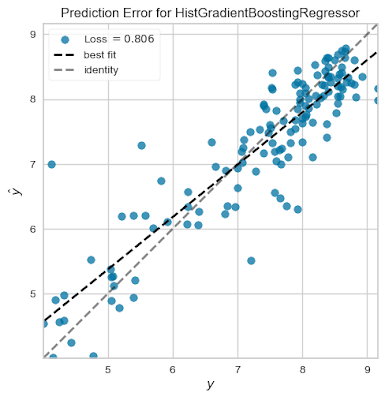For over two decades, many people, including me , have been writing programs attempting to replicate "medicinal chemistry intuition". This ability to identify molecules that would be considered drug-like can be valuable in various areas, including purchasing compounds for screening collections and prioritizing molecules output by generative algorithms or other denovo design methods. Currently, the most widely used approach for evaluating drug-likeness is the QED method , published by Andrew Hopkins and coworkers at Pfizer in 2012. QED uses a weighted combination of calculated properties and structural alerts to generate a drug-likeness score for a molecule, with a higher score indicating a more drug-like molecule. Most recently, many generative molecular design methods have used QED as part of their objective function. A new paper from scientists at Novartis and Microsoft presents an alternate approach, called MolSkill, for quantifying dr...

